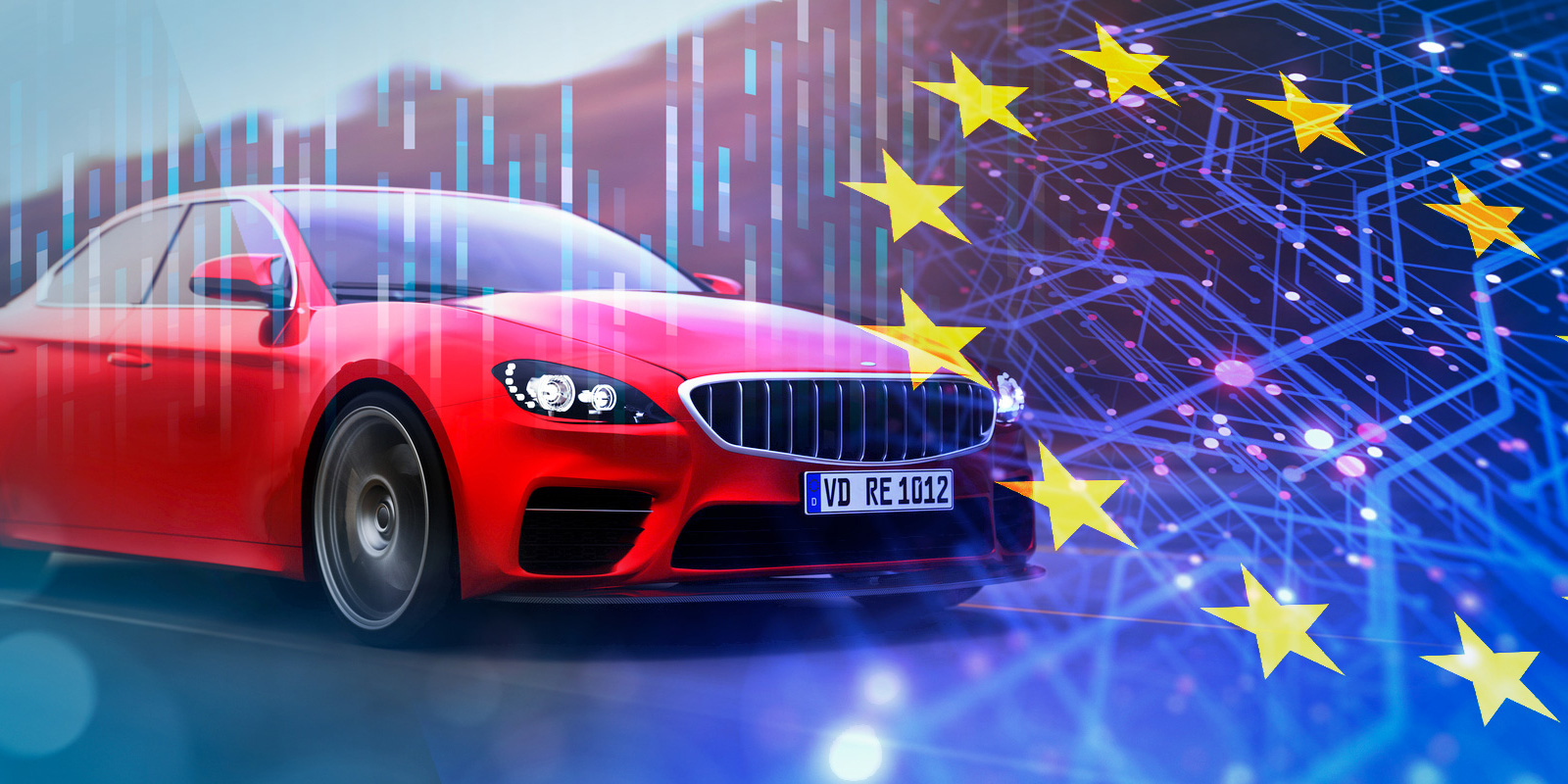
Black Boxes in Automobiles: European Union Requires Installation of Event Data Recorders
In Short
The Background: In 2019, the European Commission and the European Council jointly approved a regulation that will require new safety measures in motor vehicles starting July 2022, including the installation of so-called "Event Data Recorders," a device similar to "black boxes" in aircrafts.
The Development: The Event Data Recorders will record several data and various input parameters of the on-board active safety and accident avoidance systems in the event of a collision. The collected data may not reveal the identity of the driver.
Looking Ahead: This new requirement has been met with a great deal of concern by industry stakeholders. However, the use of the data collected is strictly limited, which should allay privacy concerns. Concerning liability, the new rules seem to leave open several questions with respect to the recording of drivers' wrongful behavior.
The automotive industry is increasingly being geared towards automation, and not just in the driving of vehicles.
On 14 April 2021, by way of Ordinance, the French government transposed into law European Regulation 2019/2144 (the "Regulation"), which establishes standards for the approval of motor vehicles by Member State national authorities. Pursuant to this Regulation, all new vehicles in the European Union will have to be equipped with a so-called "Electronic Data Recorder" by July 2022.
Following the model of data recorders widely used in the aviation sector, automotive Event Data Recorders are manufacturer-installed devices that record technical information during a brief period of time before, during, and after a collision of a vehicle.
The European Union is following the lead of regulators in the United States, where Event Data Recorders are mandatory in all new vehicles and have been installed in more than 90% of light vehicles. The automotive sector in other key countries also has taken the leap. China, for example, has required Event Data Recorders since January 2021.
Privacy Concerns
Perhaps drawing a valuable lesson from the outcry that initially followed requirements of widespread use of Event Data Recorders in the United States, the European Union has taken great care in seeking to assure European citizens that their automobiles will not be "listening in" on their private lives. In fact, the Regulation requires that any data collected by these devices cannot be reached or accessed by anyone but the vehicle manufacturer, must be rendered anonymous, and cannot identify the driver of the vehicle.
Nature of the Data Collected
Unlike the cockpit voice recorder in an aircraft, in-vehicle Event Data Recorders will not record conversations in the automobile, which would have for instance enabled investigators to determine whether the driver was on the phone at time of the accident. An Event Data Recorder will record only a very limited set of data in the 30 seconds before and after a collision. The crucial information that will be recorded includes the speed of the vehicle, the activation of the brakes, the position and inclination of the vehicle on the road, the state and rate of activation of all its security devices, and other relevant parameters of on-board active safety and accident-avoidance systems.
The technology used for Event Data Recorders is not novel. In fact, in most modern vehicles, the on-board computer already records most of the data required to comply with the Regulation. This should give some reassurance to stakeholders concerned about the cost of these measures, and whether such cost would be passed on to consumers.
Access and Purposes
In aviation, the purpose of data recorders is principally to assist in safety and post-accident investigations, to understand what occurred and prevent future accidents. The intended use of Event Data Recorders in the automotive industry seems similar, but is a bit less clear.
National legislation will likely echo the Regulation, which states that the data collected will be used "only for the purpose of accident research and analysis." The French Ordinance requires manufacturers to provide the accident data only to law enforcement, emergency rescue services, and road infrastructure managers. Furthermore, the Ordinance specifies that the collected data may not be used by governmental authorities as evidence to demonstrate that a driver committed traffic violations. Nonetheless, stakeholders, including data privacy activists and industry groups, have expressed concern that the use of these devices will go further than accident prevention and may become a tool to establish liability after a collision, for example, by insurers.
The fact that the Regulation includes provisions relating to data recorders for automated vehicles (Data Storage System for Automated Driving, or DSSAD), which document whether the vehicle was controlled by the driver or by the automated system at the time of an accident, could reinforce the perception that the underlying purpose of these devices is in fact the allocation of fault and liability after an accident.
As things currently stand, insurers will have access only to the data collected by data recorders in automated vehicles, i.e., they will not have access to Event Data Recorders in traditional vehicles. While governments may count on the "Big Brother" effect as a deterrent to reckless driving, legal systems are not yet disposed to allow data recorders to contribute to the taking of evidence in cases seeking to determine liability for automobile accidents.
Three Key Takeaways
- In the European Union, starting in 2022, all new light vehicles must be equipped with Event Data Recorders to allow for a better understanding of the causes of accidents, with the stated goal of improving vehicle safety.
- France has elected to impose strict limits on access to the data. Manufacturers have a duty to communicate the information collected only to certain specified governmental authorities.
- So far, European governments have chosen not to allow the use of collected data as means to establish evidence of liability in automotive accidents.





